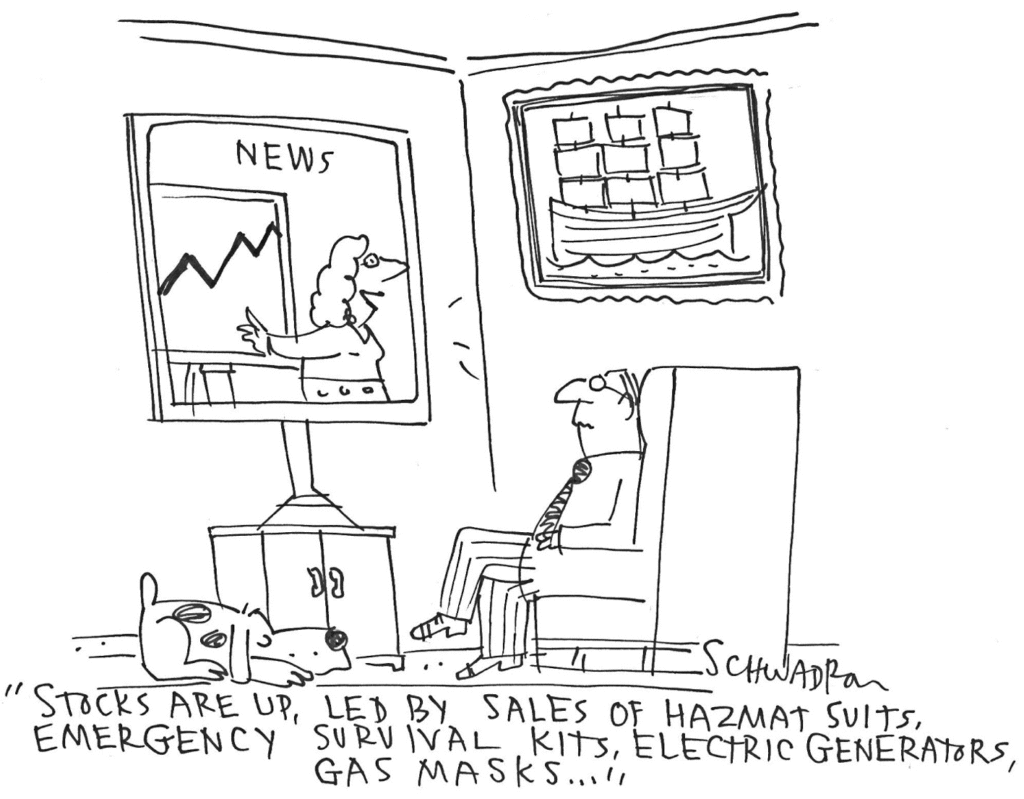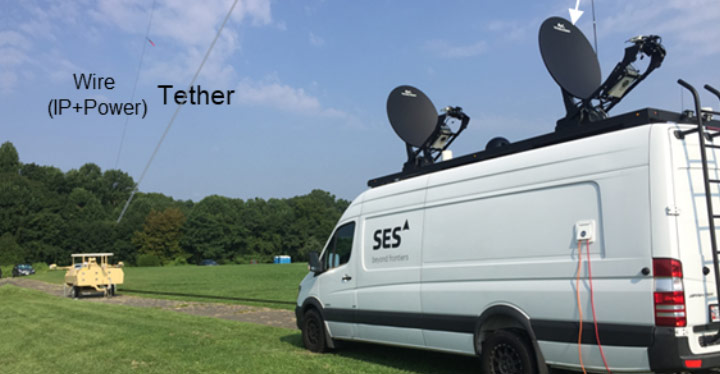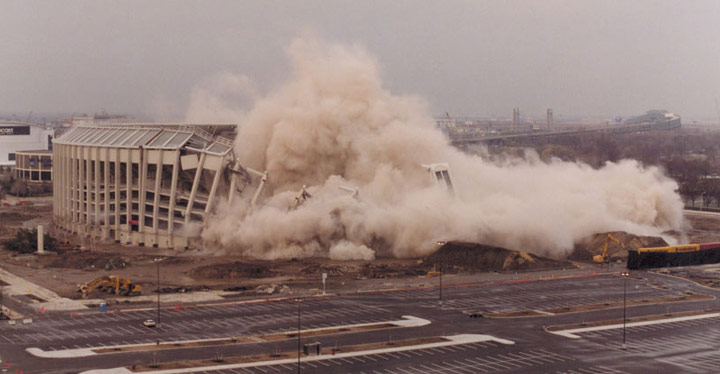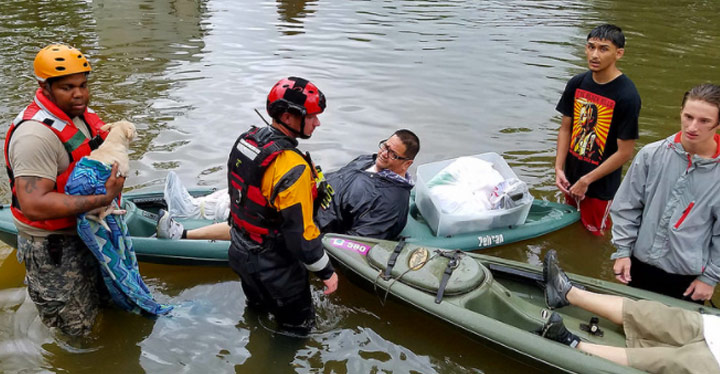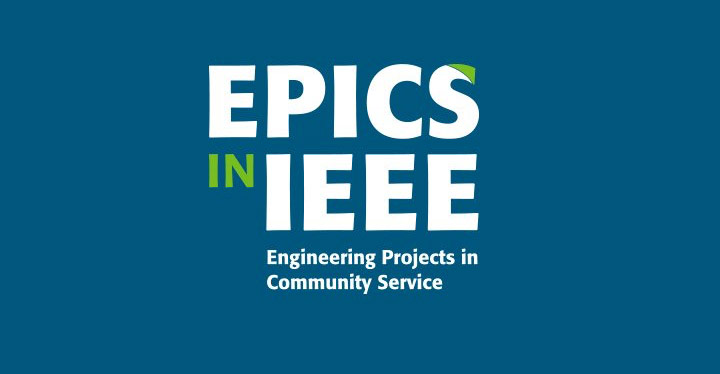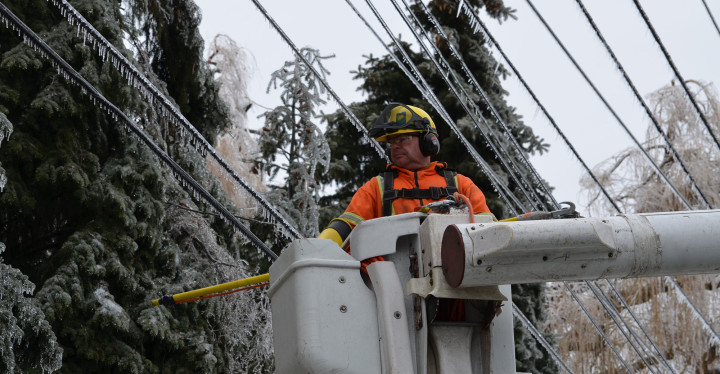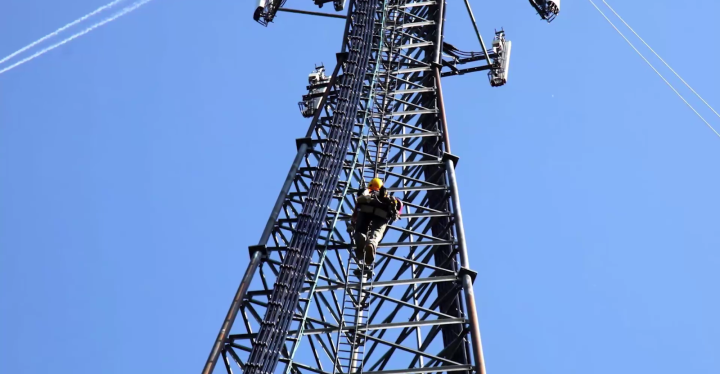July 2018 | Volume 9, Issue 2 | Disaster Recovery |
The Standard Response – Disaster Recovery
Featured Articles

Letter from the Editor
When the Disaster Strikes
Natural disasters—tsunamis, earthquakes, hurricanes and tornadoes—have afflicted destruction on human life for centuries. Unfortunately, in addition to having to bear the brunt of Mother Nature’s awe-inspiring force, we also have man-made disasters, whether they be intentional acts of terrorism or a lack of diligent maintenance of electricity wires that cause wildfires. No matter the cause of the disaster, we need to be better prepared before, during and after disasters to minimize the loss of life and damage to property. Many advanced technologies provide forewarning before a hurricane, tsunami, or earthquake; during a disaster, we may use our mobile devices to find the fastest escape routes to safety from a wildfire. The aftermath of a disaster is a mammoth challenge unto itself - from emergency services having to reach the affected locations to the clean-up efforts and rebuilding of communities.
As we deploy technology-based infrastructure to assist us in all three phases of a disaster, it is important to recognize the role technical standards play in such infrastructure. Raimundo Rodulfo, Director of Information Technology for the city of Coral Gables, Florida, did just that in preparation for dealing with the hurricanes that often devastate the Florida coast. “Connected Through a Disaster” tells us the role IEEE 802 standards played in “creating a resistant, reliable communications network to safeguard its infrastructure and ensure uptime of critical services.” Along the same lines Jeffry Handal describes the role of communication standards well beyond wireless/Wi-Fi (IEEE Std 802.11) and cellular phones in his article “The Standard Response.” Jeffry also walks you through several scenarios in which standards are used in disaster recovery, having personally lived through a few disasters in Louisiana and Texas. I admire his view that we should deploy many of our advanced technologies in the underdeveloped areas, which in many cases—at least from technology access standpoint—resemble post-disaster areas, in order to learn and prepare ourselves for disaster recovery efforts everywhere.
A complimentary proposal is put forward by a team of researchers at the National Institute of Standards and Technology (NIST), who imagine the possibility of simulating a disaster to improve preparedness. They simulated partial disasters through a controlled detonation of an apartment building, stadium, shopping mall, and a convention center. You can begin by reading my commentary and follow along with NIST’s seven detailed reports. Thanks to Chris Holloway at NIST for sharing these reports with us.
(more…)
Funny Pages: Stocks Are Up
